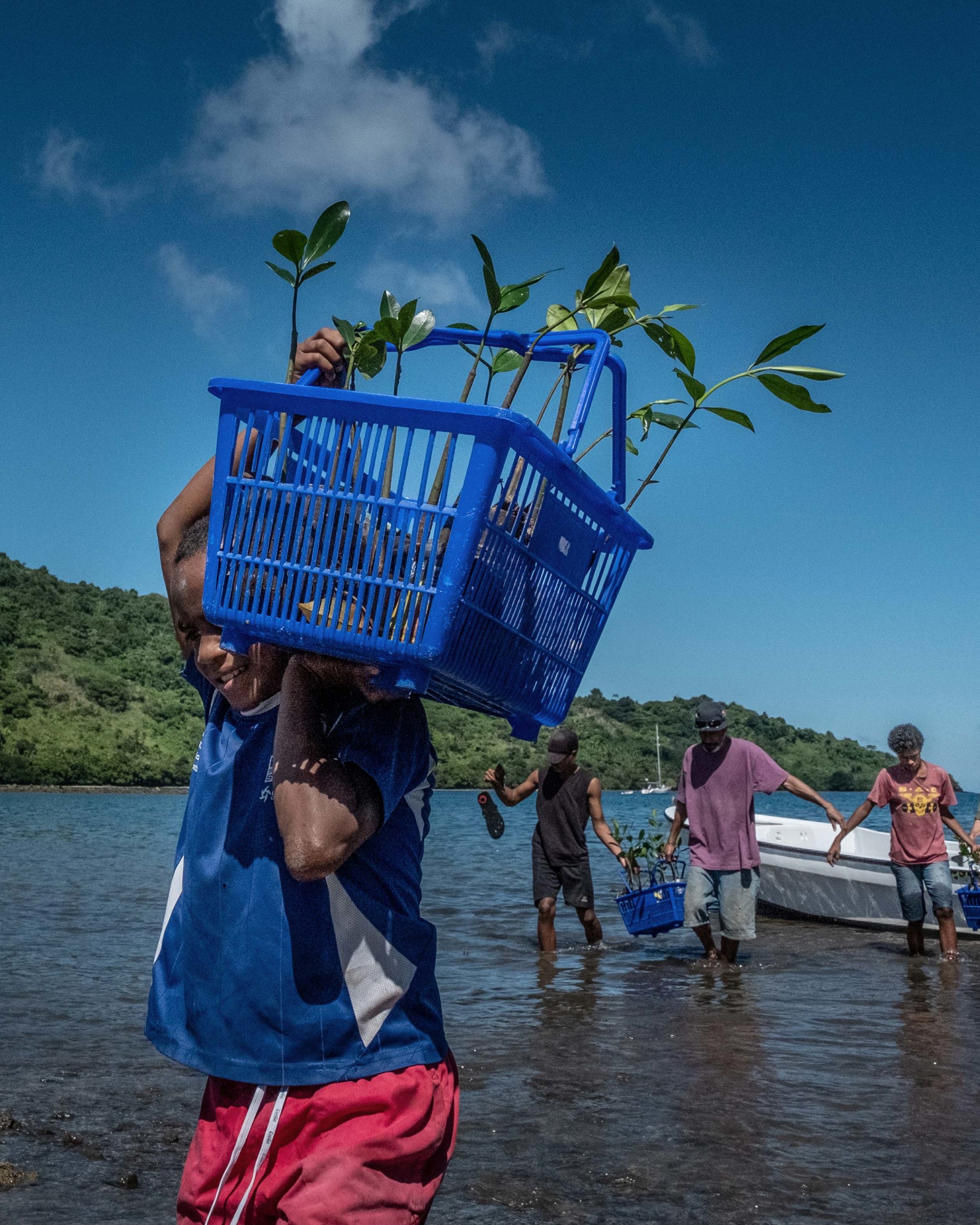Biodiversity credits was one of the hottest topics at the business and finance side discussions at COP15 – demand side interest is growing, and some are speculating that biodiversity markets will be bigger than carbon markets. Some companies are even starting to consider a pivot in their nature-based strategies to focus on investment in biodiversity as their primary objective, with carbon as a secondary consideration. This is because biodiversity credit markets are required to help mitigate physical risks associated with dependencies on nature in all types of ecosystems, including those that do not have a significant carbon element. We are also hearing that the idea of biodiversity credits is attractive to potential buyers because we have the potential to start with a clean slate on integrity issues and learn from the evolution of the voluntary carbon market.
However, there is confusion about the difference between biodiversity credits and biodiversity offsets, and how they interact. The text of the GBF target 19 helps clarify credits and offsets as being separate and distinct and we agree. The units and metrics for both types of instruments could be very similar, but the key differentiator is the way they are used by the buyer.
Biodiversity credits was one of the hottest topics at the business and finance side discussions at COP15 – demand side interest is growing, and some are speculating that biodiversity markets will be bigger than carbon markets.
Biodiversity offsets have existed for a long time, and they are designed to be used to compensate for equivalent unavoidable, direct impacts of development with the objective of ensuring there is no net loss of biodiversity. This can be appropriate from a public policy perspective, provided the mitigation hierarchy is applied properly and offset schemes are administered carefully. The alternative is that the development would take place anyway and the negative biodiversity impact wouldn’t be compensated for at all. However, biodiversity offsets are not the right tool to deliver nature positive because of the inherent actual loss of biodiversity in a given location that is associated with their use.
Biodiversity credits are a new emerging type of instrument that seeks to finance absolute biodiversity gains (i.e., they are not intended to be used to compensate for negative impacts on biodiversity in another location). For this reason, biodiversity credits (rather than offsets) are the right tool to help deliver ‘nature positive’ – because they are not intended to be a licence for buyers to ‘offset’ a negative impact they have in another location.
We need to be very clear about the different roles and markets for biodiversity offsets and credits so that those concerned about the integrity of an offsetting approach do not erroneously prevent voluntary biodiversity credit markets from gaining traction. We also need to be clear that just because we are saying biodiversity credits should not be used as ‘offsets’ does not mean that there is no place for biodiversity offsets at all. However, the use of biodiversity offsets should be limited to compensating for the direct impacts of development and only after rigorous application of the mitigation hierarchy.
Both biodiversity offset and credit markets need to be carefully designed and administered to make sure they deliver on their objectives (i.e. no net loss and absolute gains in biodiversity respectively).
In that context, Pollination will continue to work through 2023 with the World Economic Forum and others on the frameworks necessary to create high integrity markets for biodiversity credits, on mobilising demand and on highlighting high quality case studies and pilot projects with the intention of flowing finance for nature into the places and to the people that need it most.



